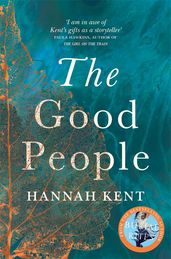Burial Rites: a photo essay from Iceland
Author of Burial Rites, Hannah Kent shares personal photos from her time spent in Iceland, visiting the real places from the book.
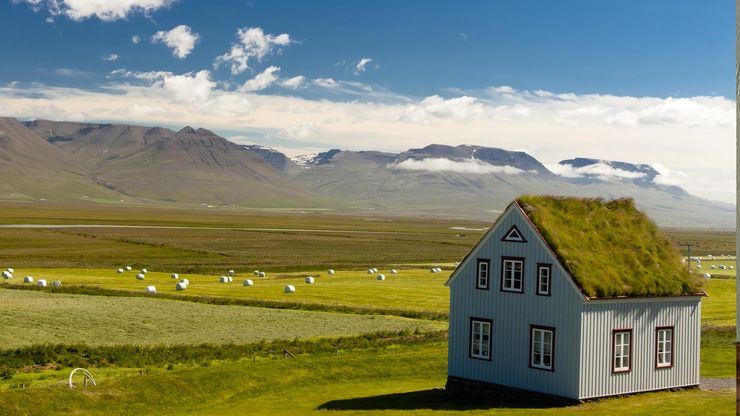
Jennifer Lawrence has signed up to star in a film adaptation of Hannah Kent's novel Burial Rites. Here, Hannah shares some of her photos from her time spent in Iceland, visiting the real places from the book. Burial Rites is based on the true story of a woman, Agnes Magnúsdóttir, who is charged with the brutal murder of her former master in 1829.
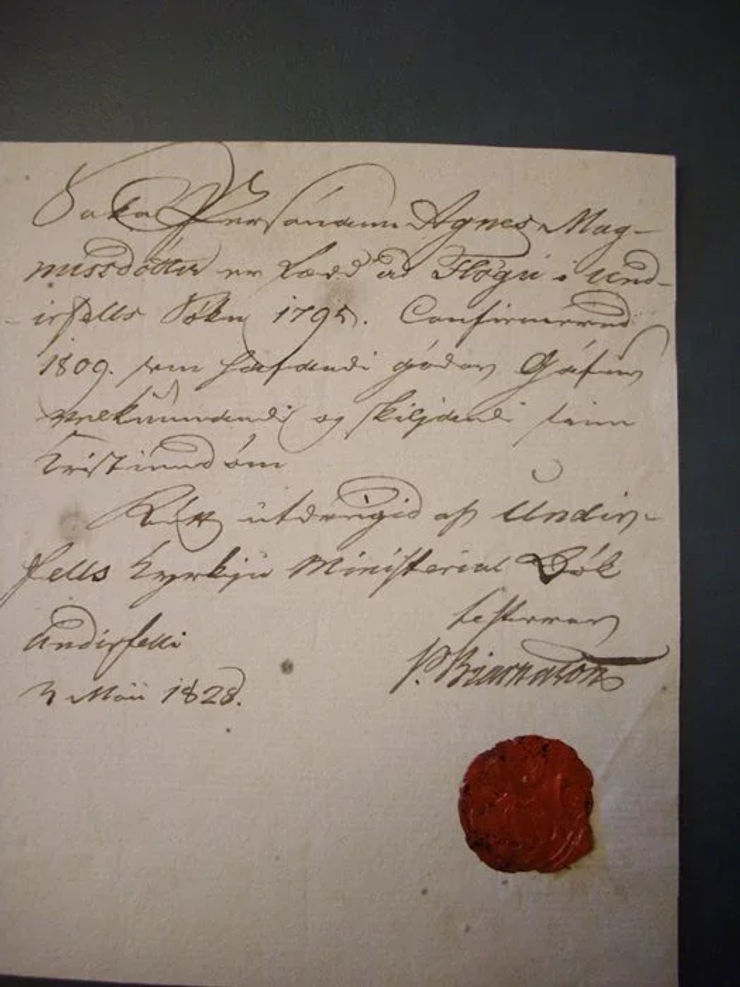
This is a photograph of the original letter from Pétur Bjarnason, Reverend of Undirfell, to Björn Blöndal. Translated, it reads: 'The condemned Agnes Magnúsdóttir was born at Flaga in the parish of Undirfell in 1795. Confirmed in 1809, at which age she is described as having "an excellent intellect, and strong knowledge and understanding of Christianity." This is what is listed in the Undirfell Ministerial Book.' This letter is included in Burial Rites at the beginning of Chapter Two.
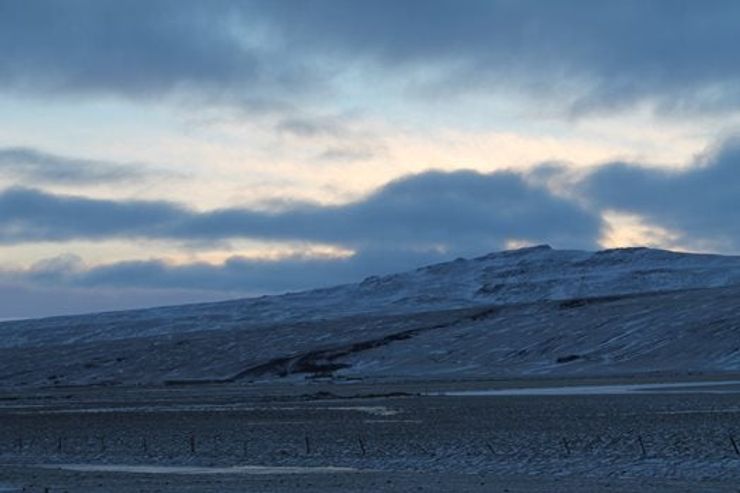
A view of Kornsá from across the Vatnsdalur Valley. The stream mentioned in the novel flows from the crevice easily spotted in the hill above the farm's site.
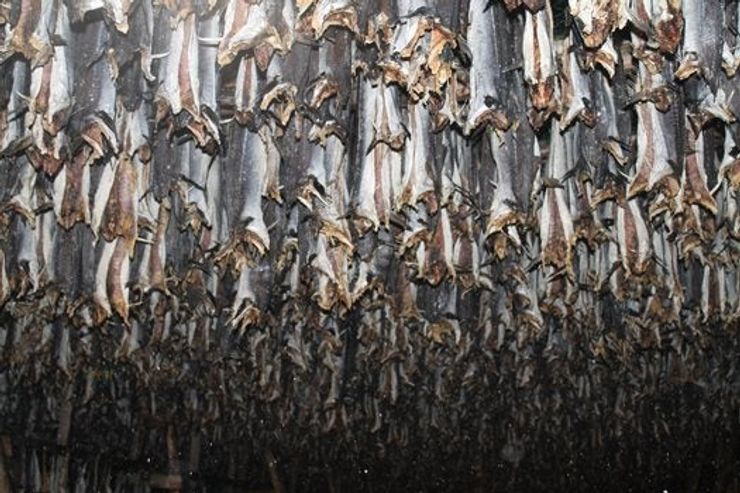
Fish hang to dry on the fish racks by the harbour of Sauðárkrókur, the town where I spent my exchange in 2003. This method of drying fish for preservation has gone unchanged throughout the centuries.
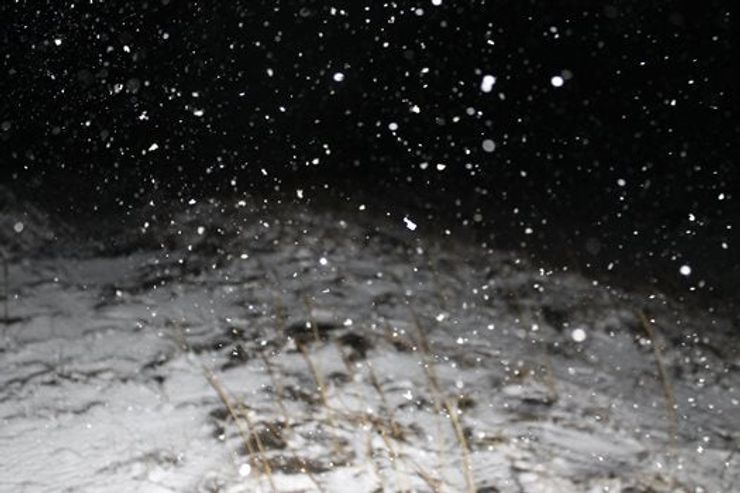
Snow falls during a blizzard on Iceland's north-west coast. The darkness beyond the snow is the sea.
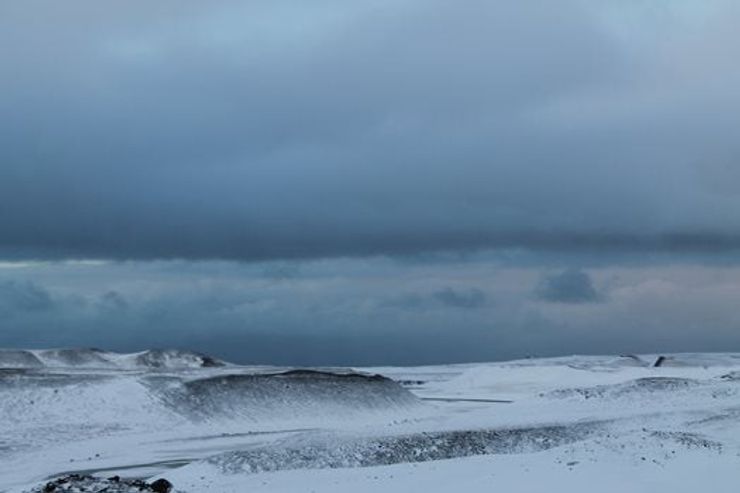
The frozen northern landscape of Iceland in January.
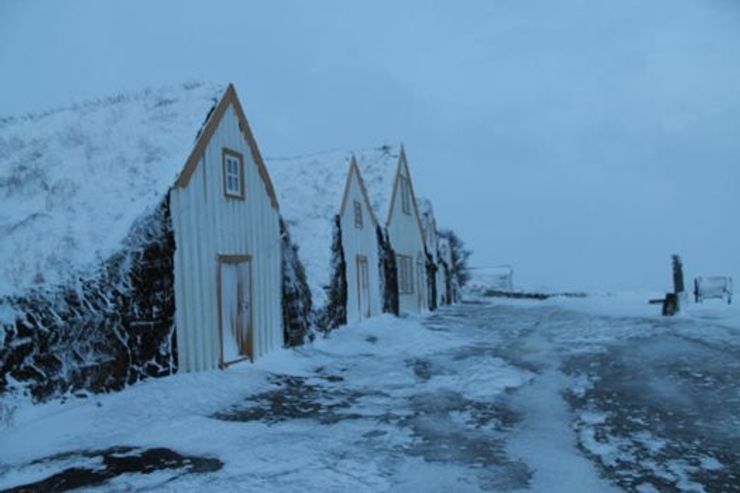
The museum Glumbær, in a cold January. Glumbær was once a wealthy farm in the Skagafjörður area. The original turf buildings have been preserved, and offer visitors a wonderful insight into the old Icelandic way of life.
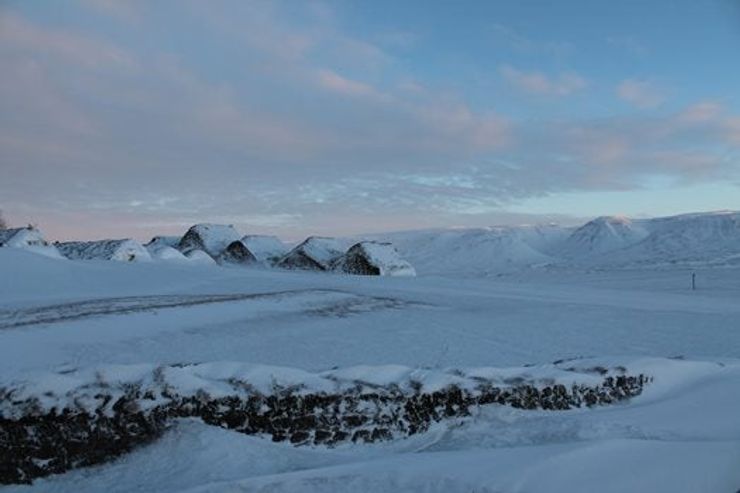
The preserved turf farm Glumbær from a distance in a cold January. This is what the houses described in Burial Rites would have looked like.

The preserved baðstofa of Glumbær. Whilst considerably larger and more comfortable than most baðstofas typical of farming families in the early nineteenth century, it nevertheless shows how Icelanders would sleep (often more than one to a bed) in close quarters with one another. Several items around the room - lamps for oil, spindles, blankets, bed boards, a painted trunk, bowls for food, shelves - indicate the sort of activities that would occur in this room.

Looking inland from Skagafjörður. This is the countryside where I lived as an exchange student. Taken in January 2013 at midday.
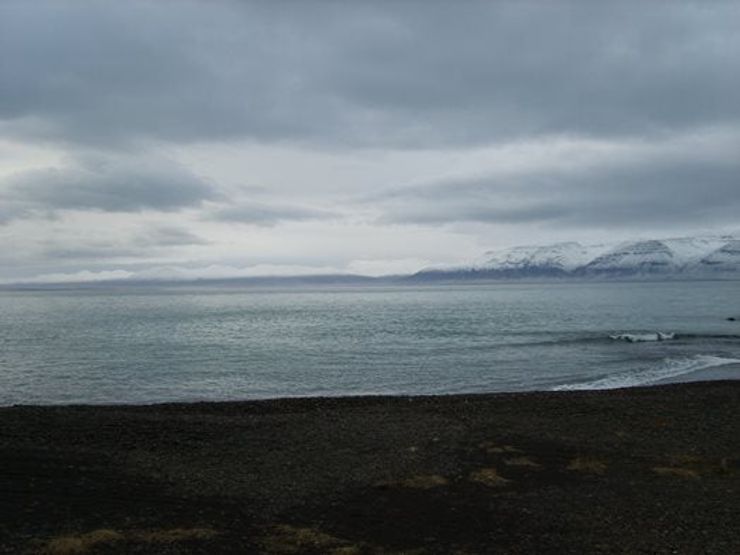
Looking out to the north from the black shore of Skagafjörður, on the outskirts of Sauðárkrókur. The black sand is typical of Iceland´s northern beaches.

This is a picture of Illugastaðir, the site of the murders, taken from roughly the area where the old croft would have stood. The view is of the tongue of land where Natan's workshop now lies in ruins. Taken in late summer.
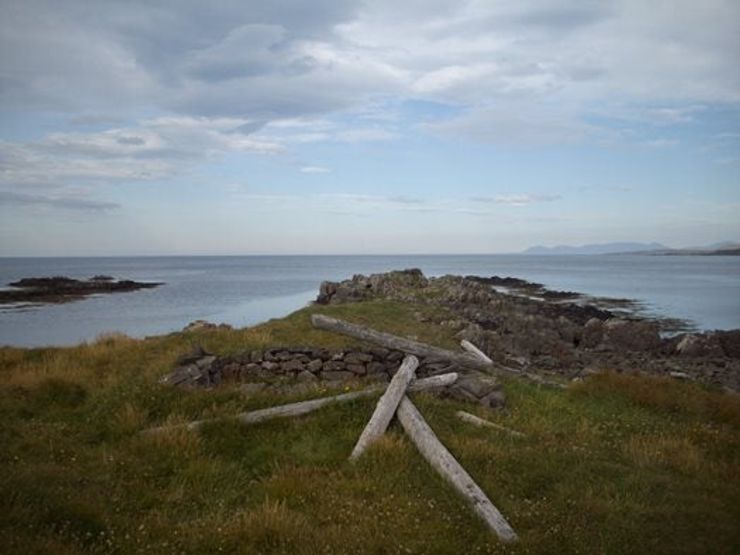
All that remains of Natan Ketilsson's famous workshop at Illugastaðir, the site of the murders. This workshop, noticeably built on the land lying a little out to sea, famously had its window facing inland rather than out to the view. This photo was taken in late summer.
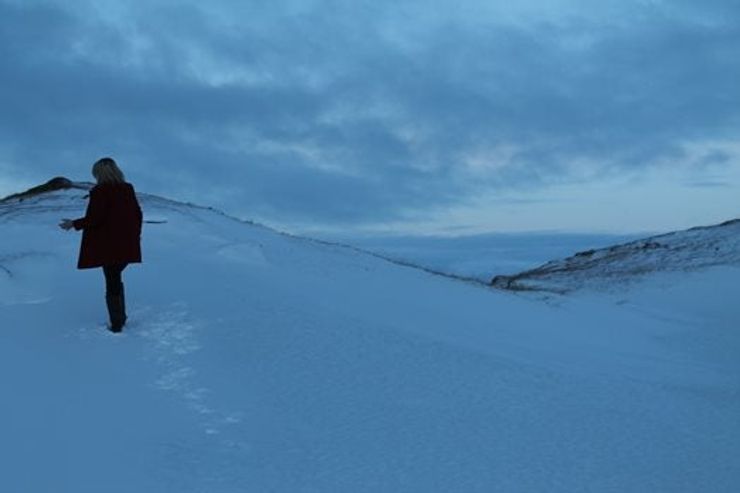
Climbing the slope of Þrístapar, the site of execution, a few days before the 183rd anniversary of Agnes's death.
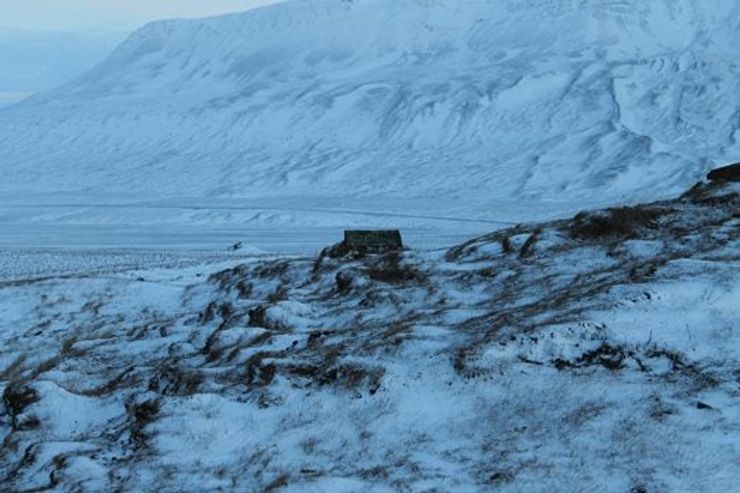
The plaque marking the exact site of Agnes Magnúsdóttir's execution on the 12 January 1830. Moss and ice cover the inscription. Taken in January 2013.
Burial Rites

In northern Iceland, 1829, Agnes Magnúsdóttir is condemned to death for her part in the brutal murder of her lover.
Agnes is sent to wait out her final months on the farm of district officer Jón Jónsson, his wife and their two daughters. Horrified to have a convicted murderer in their midst, the family avoid contact with Agnes. Only Tóti, the young assistant priest appointed Agnes’s spiritual guardian, is compelled to try to understand her. As the year progresses and the hardships of rural life force the household to work side by side, Agnes’s story begins to emerge and with it the family’s terrible realization that all is not as they had assumed.
The Good People
by Hannah Kent
If you enjoyed Hannah Kent's depiction of Iceland in Burial Rites, why not try her newest novel, The Good People, that paints a vivid picture of 19th Century rural Ireland. Based on true events and set in a lost world bound by its own laws, The Good People is a startling novel about absolute belief and devoted love. As the lives of three women are intertwined, their world of folklore and belief, of ritual and stories, tightens around them. It will lead them down a dangerous path and force them to question everything they have ever known.
